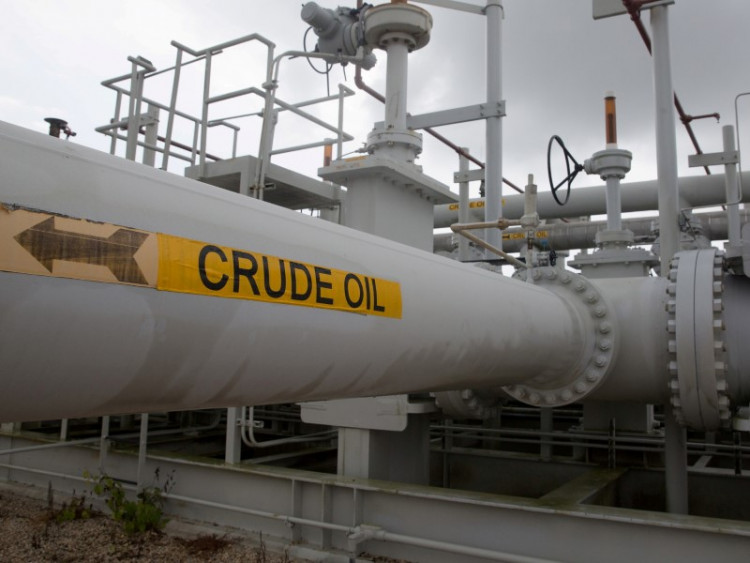According to traders and analysts surveyed by media outlets, the majority anticipate Saudi Arabia's plan to cut daily oil production by 1 million barrels to be extended at least until October to further bolster oil prices. Moreover, representatives from OPEC and its allies share similar projections privately. Insiders have noted that the global economic landscape remains filled with uncertainties, and if Saudi Arabia eases its cutback strategy too soon, speculative short-selling could resurface.
In an unexpected move at the OPEC+ meeting in early June, Saudi Arabia declared an additional cutback of 1 million barrels per day for July, marking the country's most significant reduction effort in years. As a result, production fell to 9 million barrels per day, its lowest level since June 2021. Of all OPEC+ member countries, only Saudi Arabia boasts sufficient idle production capacity and storage capabilities, allowing it to effortlessly ramp up or decrease production.
Starting from July of this year, Saudi Arabia voluntarily reduced its output by 1 million barrels daily, with monthly evaluations to determine the extension of this program. Typically, a formal decision regarding extending additional cutbacks is announced by Saudi Arabia in the first week of every month. OPEC+ is scheduled for a meeting at the end of November to discuss production policies for 2024.
Saudi Energy Minister Abdulaziz bin Salman has previously communicated that for the stability of the crude oil market, Saudi Arabia is prepared to take all necessary measures. He emphasized the country's unpredictability in decision-making, underscoring their commitment to market stability.
Market analysts believe that Saudi Arabia's aggressive cutbacks, even at the cost of its market share, mainly arise from its need for an oil price of around $80 per barrel to maintain its extensive budget and fund its economic transformation projects. This price might need to be even higher if the nation continues to support oil prices by reducing production. A plunge in oil prices could jeopardize Saudi Arabia, whose foreign exchange reserves have dwindled to their lowest since 2009.
Russian Oil Exports
Russian Deputy Prime Minister Novak announced on Wednesday that Russia fulfilled its pledge to reduce oil exports in August, with September's exports slated to decrease by 300,000 barrels per day compared to June. Discussions are underway with partners regarding the export plans for October and reviewing buyback requests from Lukoil.
It's worth noting that Russia had initially committed to reducing its daily exports by 500,000 barrels in August. Thus, the cutback of 300,000 barrels per day in September essentially scales back the reduction rate.
Recent EIA inventory data from Wednesday revealed a sharp drop of 10.58 million barrels in U.S. crude oil stocks for the week ending August 25. This decline marks the lowest inventory since 2022. Other data included reductions in gasoline inventories and various other stocks.
All three major global energy reports currently are bullish on oil prices, citing OPEC+ cutbacks and robust demand. The EIA's monthly short-term energy outlook, released on August 8, forecasts the Brent crude oil price to average $86 per barrel in the second half of 2023, a roughly $7 rise from July's prediction. On August 11, the IEA opined that considering the tightening supply due to OPEC+ cutbacks, there's still room for oil prices to climb. OPEC remains optimistic about oil demand for the next two years.
However, just as traders were caught off guard with unfavorable oil prices in July, the future of oil prices isn't entirely bullish. The oil price rally since late June faces challenges. Factors such as the end of the U.S. summer travel peak, looming auto worker strikes, and the potential for another U.S. government shutdown suggest demand-side issues.






